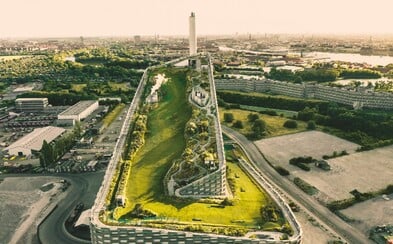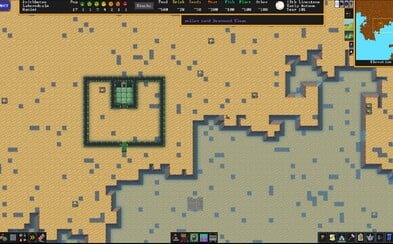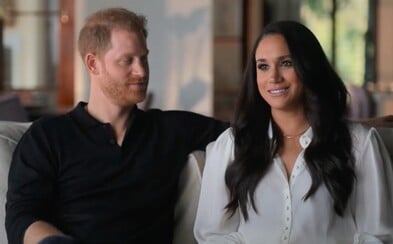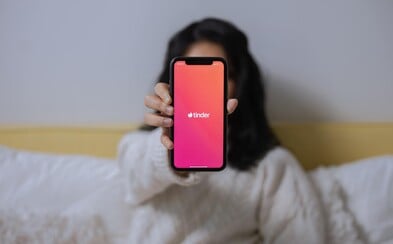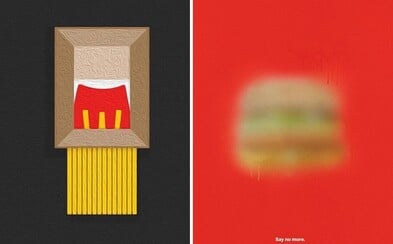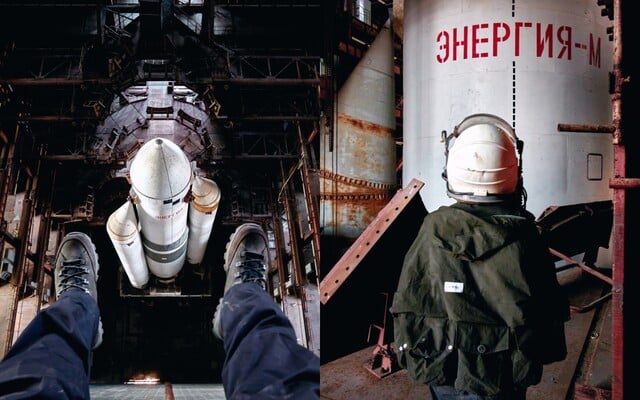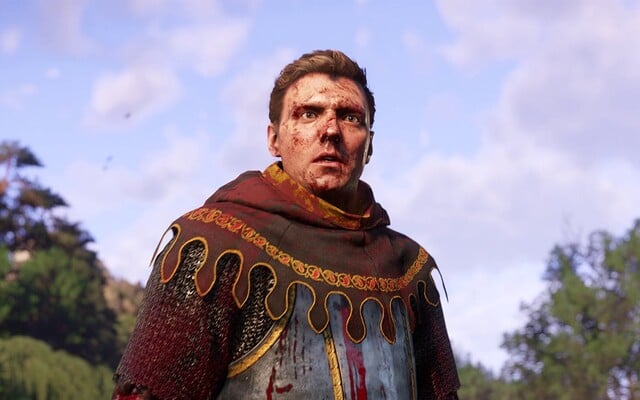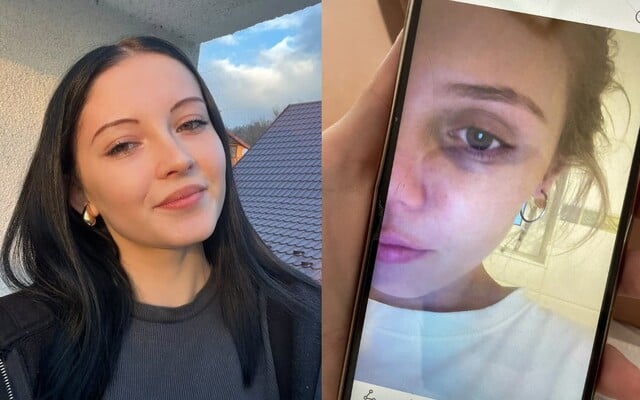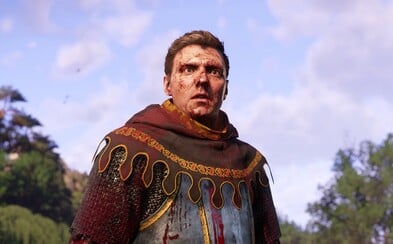 Kingdom Come: Deliverance 2 - the most elaborate RPG in gaming history, but also a frustrating medieval simulator (Review)
Kingdom Come: Deliverance 2 - the most elaborate RPG in gaming history, but also a frustrating medieval simulator (Review)
Kingdom Come: Deliverance 2 - the most elaborate RPG in gaming history, but also a frustrating medieval simulator (Review)
Kingdom Come: Deliverance 2 - the most elaborate RPG in gaming history, but also a frustrating medieval simulator (Review)
Creations Of Artificial Intelligence Took Over The Internet. Is This The End Of Artists?
There are long waiting times for many programs. Other ones, including that created by Google, are not yet accessible at all. They could be dangerous if placed into the wrong hands.
If problems persis, please contact administrator.
You walk through the gallery and admire the expressive brushstrokes of Van Gogh, the shadows of Rembrandt, the imagination of Frida Kahlo or the genius of Picasso. You realise the uniqueness and irreplaceability of each of the works on display. However, visual art as we know it may be at an end, thanks to the breathtaking text image generators.
Thanks to artificial intelligence, we all literally have at our fingertips sophisticated programs capable of creating an image from typed text in a matter of seconds. Years of study, thousands of hours spent in studios and a lifetime of trying to create your own manuscript suddenly mean absolutely nothing.
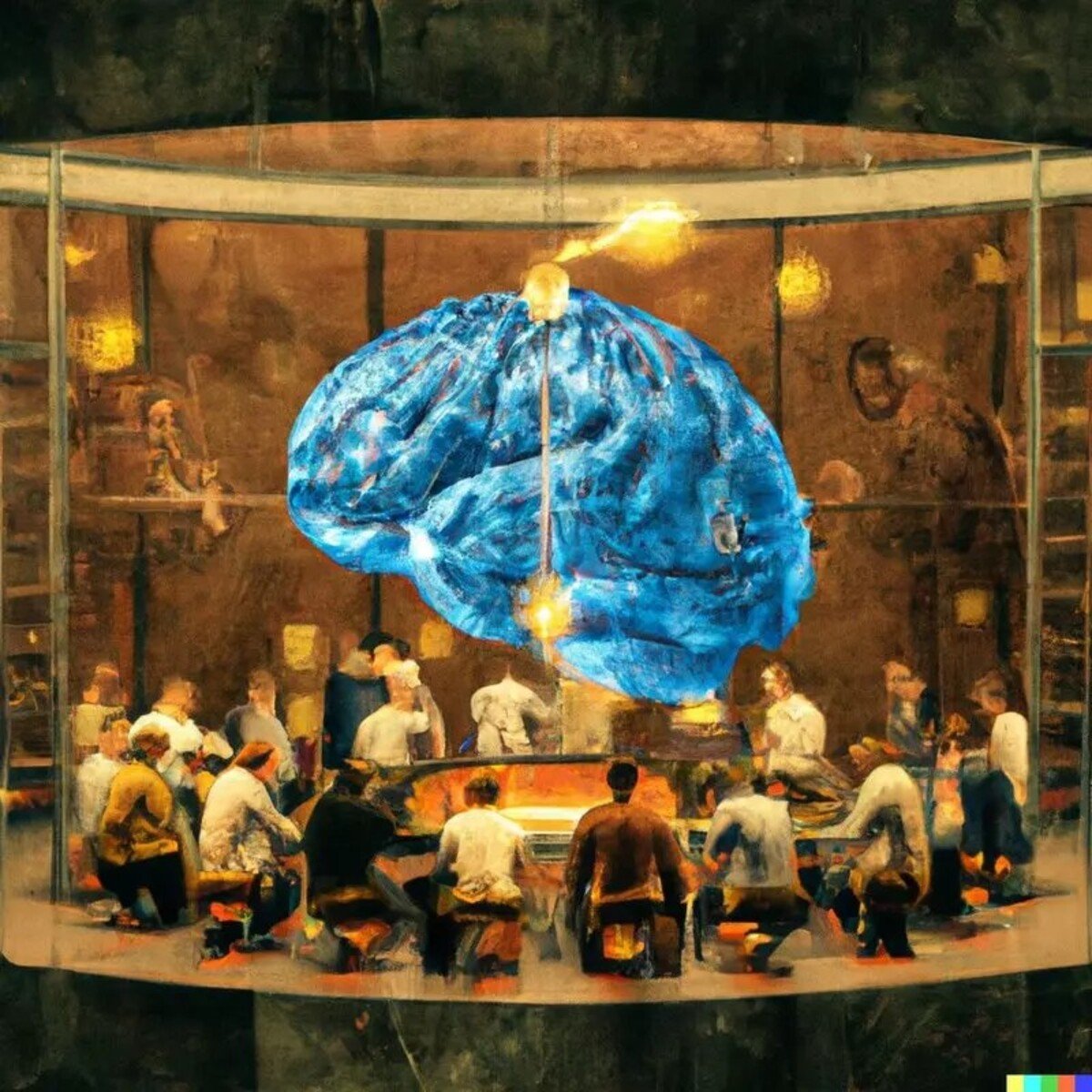
No talent or study is required to create an artistic output using an image generator. All it takes is imagination and the ability to put ideas into words. A keyboard serves as a brush and a database of billions of images on the Internet replaces the palette.
We all look up pictures on the internet. Now, we can already find ones which do not yet exist.
For years, we have been hearing that robots and artificial intelligence will put a significant part of the world's population out of work. For example, employees who are required to repeat the same tasks over and over again are at risk: assembly hall operators, warehouse workers or professional drivers.
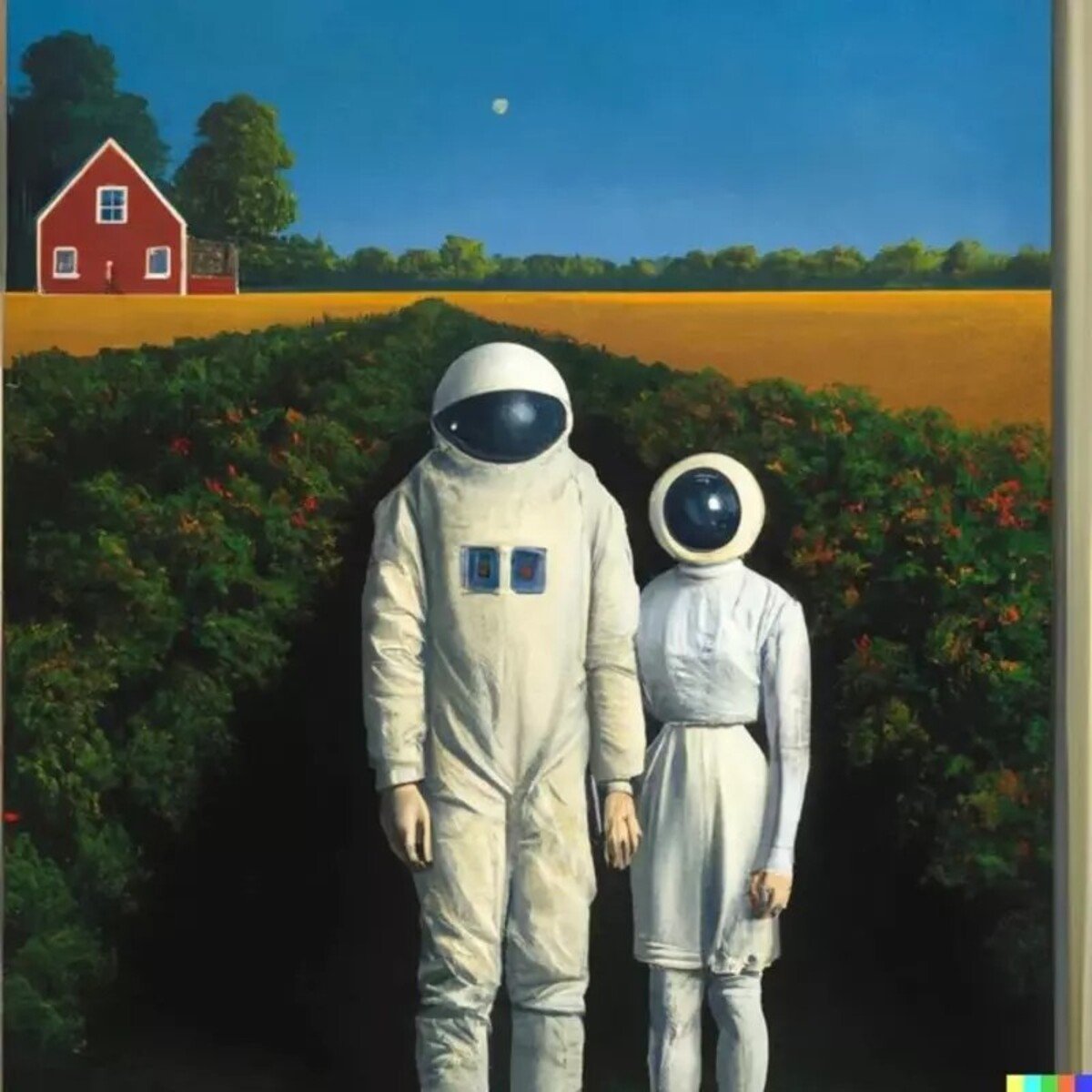
According to the traditional narrative of the digital revolution, artists were supposed to be "in the clear". The work of painters, photographers, but also writers and musicians is unique and original. Their role in society is not seen as productive, quite the opposite. Artists capture emotions or ideas and materialize the intangible.
After text generators such as APIs, which can create a coherent literary form out of a few words and thus complete the pitched ideas, this year, image generators, functioning on the basis of pairing words and images, have claimed our attention.
Deep learning software organizes billions of archived images into new units. However, they do not just combine the required parameters into a cluster, but arrange them into a logical unit. Are you curious what a pig knight in a bathing cap, Super Mario walking through 1920s New York, or a Hot Dog-shaped universe painted by Leonardo Da Vinci looks like? Whatever you like, there's no limit to your imagination.

Salvador DALL-E 2
Currently the most sophisticated and technically advanced software from OpenAI DALL-E 2 is a more realistic and sophisticated version of DALL-E from 2021, it has up to four times the sharpness, and by looking at its creations we can see how artificial intelligence perceives, decodes and re-arranges elements of the world.
OpenAI issued an uncharacteristically dark warning at the launch of DALL-E 2: "The program may increase the efficiency of processes such as photo editing or stock image creation so much that designers, photographers, models, editors, and artists may lose their jobs."
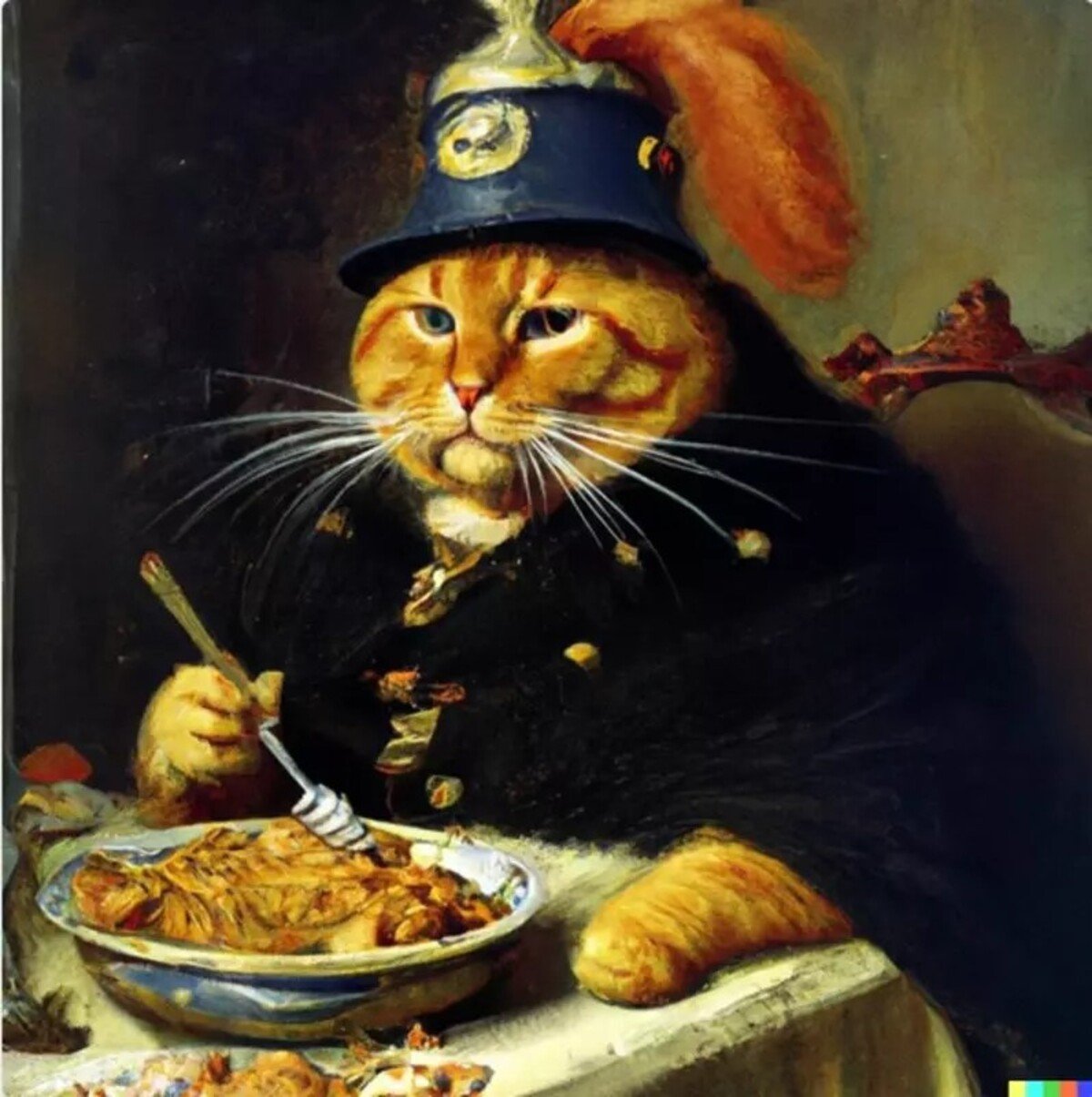
The DALL-E 2 database "ingests" folders from an archive of existing images and photographs and creates previously unseen visions from them on command. Unlike 3D modeling programs, DALL-E 2 can add unmentioned details to an image. Imagine you make a request for a sunset image of a sausage jelly island. DALL-E 2 will not only create several versions of the bizarre assignment, but it will also draw shadows and textures corresponding to the desired time.
In addition to illustrations, it also creates paintings imitating art styles and styles, animations, and even imitation photographs. Another fascinating and useful feature of DALL-E 2 is the ability to retouch embedded photos.
Elon Musk invested a billion dollars in the OpenAI project in 2015, and Microsoft backed it with the same amount. A precursor to the company's image generator was the GPT-3 text generator which can "write" literary formations, including poetry. OpenAI also introduced Jukebox software two years ago, which creates songs on a similar principle.
DALL-E 2, which has been trained on 650 million images, is still in beta testing, and about 1,000 people a week, mostly artists and developers, get to artistically realise their ideas. The interest is huge, but if you're patient enough and lucky enough in life, you can apply to translate your ideas into visual form via the official form.
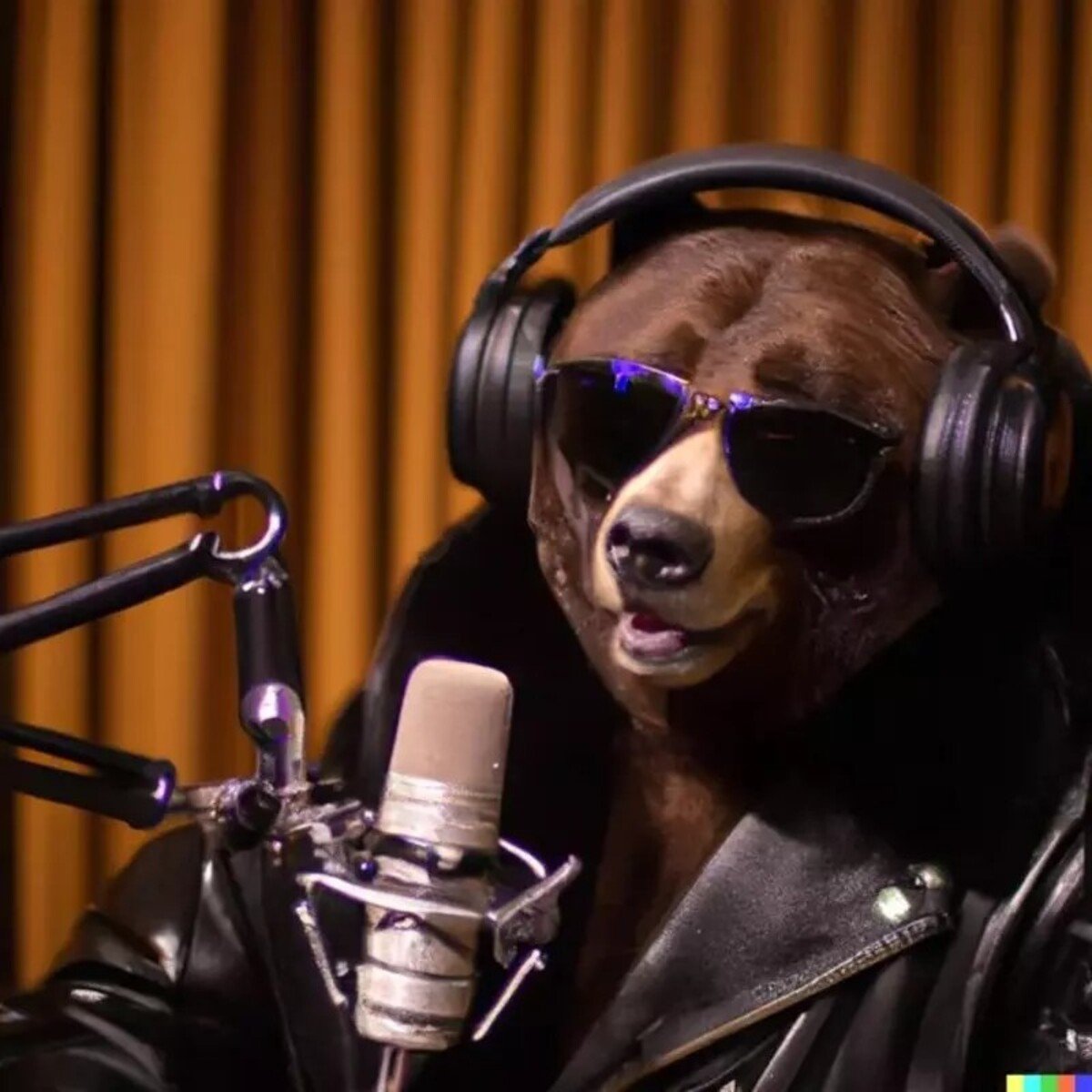
With great power comes great responsibility
Scientist Giannis Darasa of the University of Texas says DALL-E 2 has its own incomprehensible vocabulary, and working with it feels like "a microbiologist and a cognitive-behavioral psychologist trying to understand what's going on." According to photographer and writer David R. Munson, using DALL-E 2 is like "talking to an extraterrestrial entity trying to understand a text prompt and suggest to us what it sees."
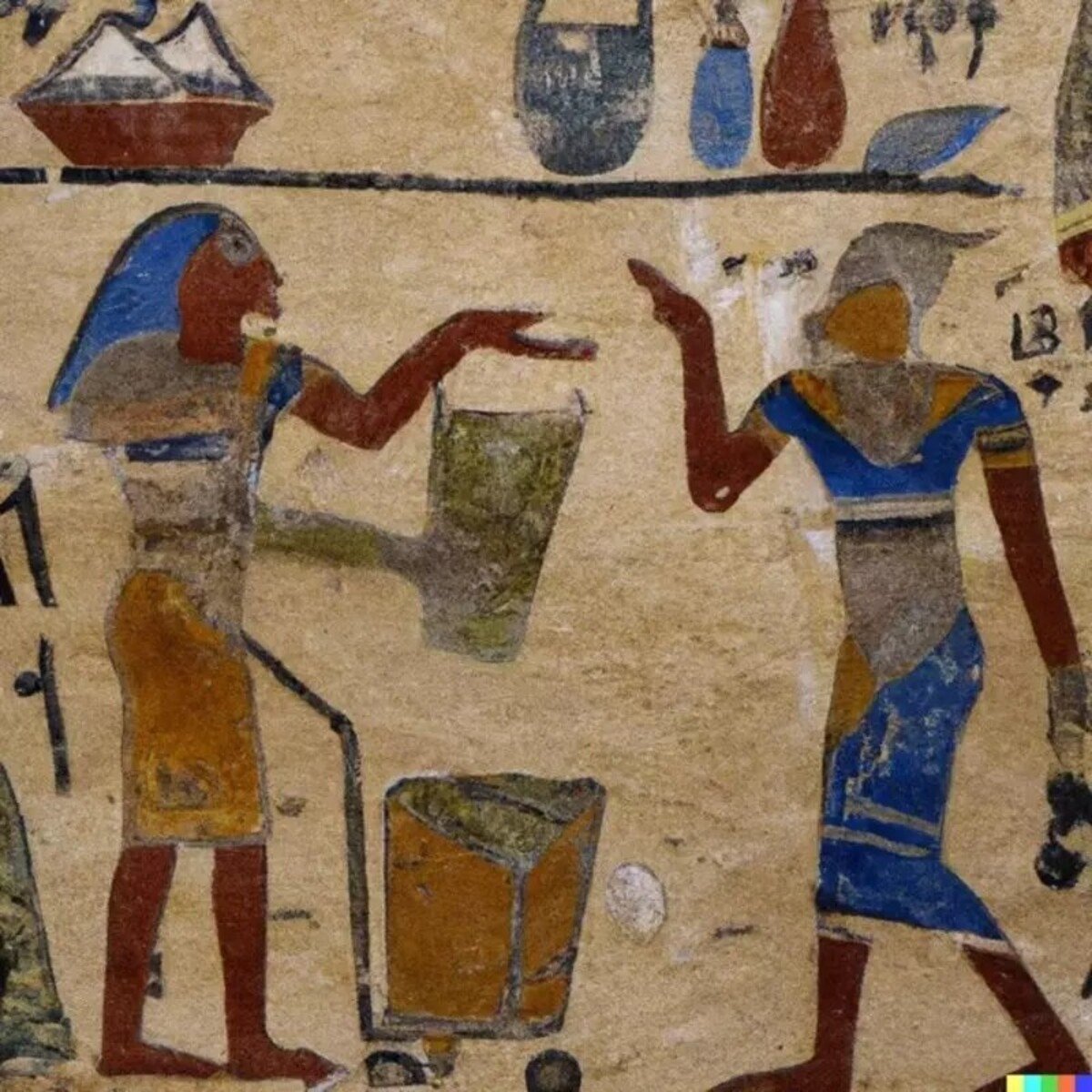
DALL-E 2 is also not available to the public for fear of possible abuse. The biggest risk is the spread of deepfakes, misinformation or revenge porn. The OpenAI also limits the imagery from which DALL-E 2 draws. It restricts images in the categories of sex or violence and severely limits the database of human faces, including celebrities. In addition, the software uses censors who check each image before publication.
One of the problems with DALL-E 2, as with all image generators, is the biases arising from human history. When looking for a "doctor," the program will almost exclusively offer you images of white men. The problem can be solved, according to Spectrum, by supplementing the database with more diverse representations and changing the machine learning rules to be more inclusive of less portrayed cultures, communities, and artifacts.
Google as a possible game changer and open source programs for everyone
Two tools falling into the category of powerful image tools were also recently introduced by Google: Imagen and Parti. However, the details of both programs are top secret. Google has not yet released the code or a simplified version, nor has it allowed testing by artists and developers. It has only published breathtakingly detailed sample images.

However, enthusiasts can already choose from a number of alternatives, albeit of significantly lower quality. The best known program is Craiyon (after the old DALL-E mini), which can be found on the Hugging Face website. The program, which works by analyzing and then combining 30 million images, has gained popularity on both Twitter and Reddit.
The resulting images often have an abstract feel and are strangely inaccurate. Craiyon's artificial intelligence doesn't know the laws of physics and doesn't understand ambiguity. It's even worth noting the horror of human faces. However, the developers are planning to introduce a paid and higher-quality version soon.
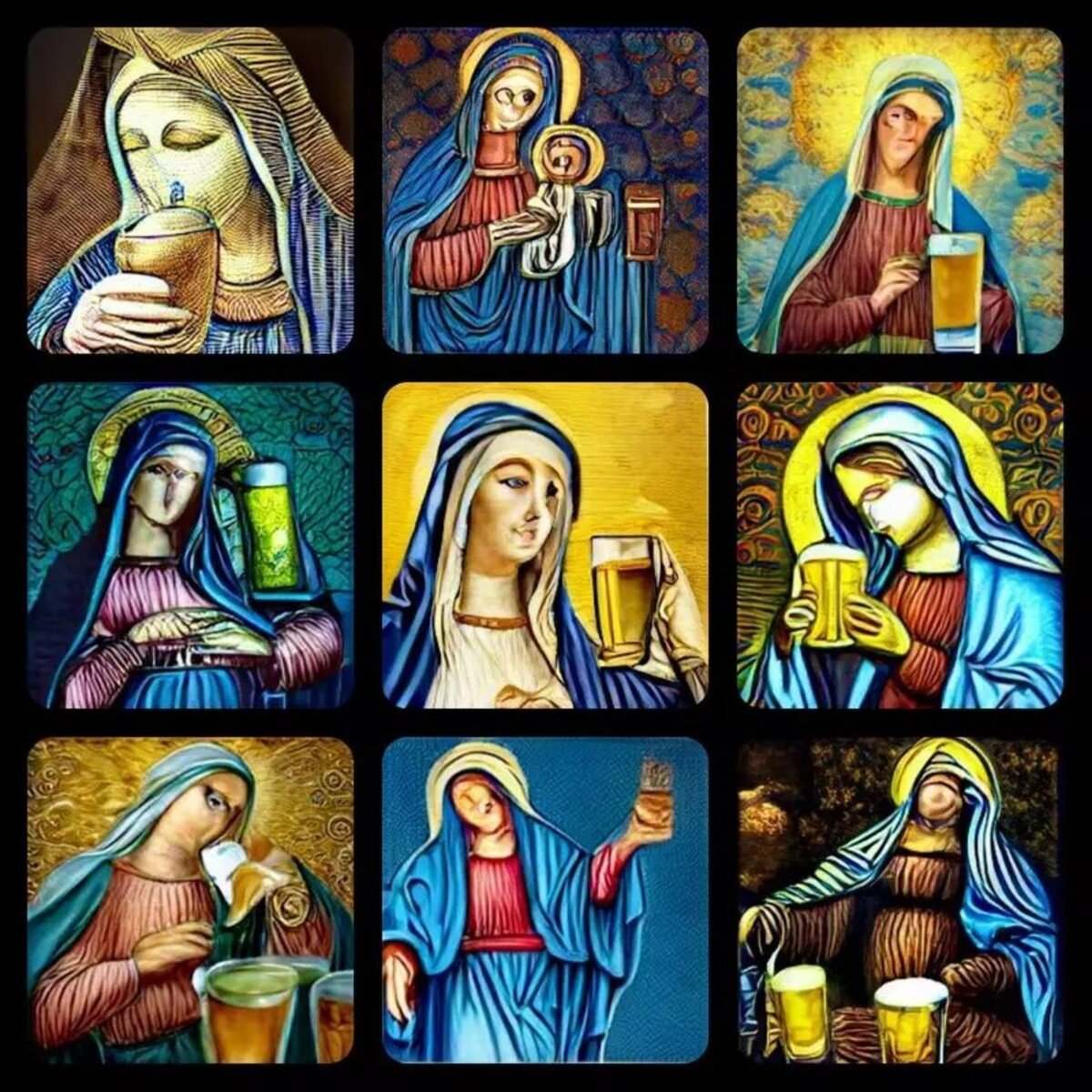
The Wombo platform has the ambition to connect the worlds of computer-generated images and cryptocurrencies. When creating a unique NFT based on your own text, you can choose from several artistic filters. However, the images we tried to create in a pleasant user environment only very roughly matched the text assignment.
Another program worth mentioning is Midjourney. It works on Discord and up to 25 different assignments can be tried by any registered user for free. If you like it, you can buy an unlimited version.
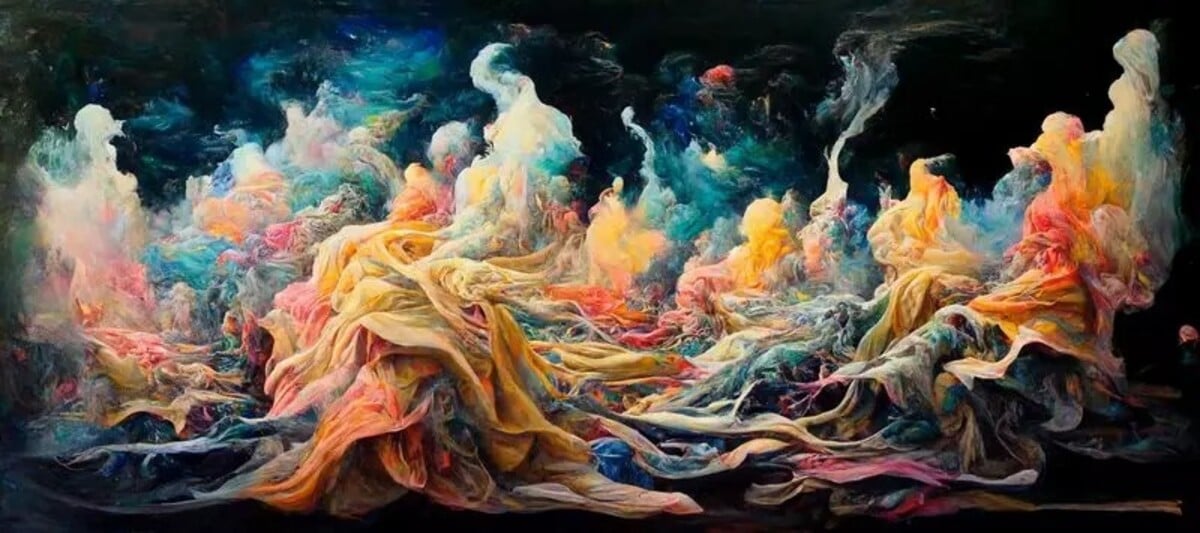
Midjourney founder David Holz told Wired that he doesn't want to compete with artists. "We're focused on uncovering the principles of imagination. We don't use that artistically, but much more often in the context of thinking and play. Artificial intelligence cannot create art. It has no will or agenda."
Slovak artists and picture generators
Although painter Andrej Dúbravský uses digital sketches in his work, he is not interested in image generators from an artistic point of view. He does not call the paintings created by artificial intelligence art, as they do not have different identities, opinions, interests, education, anxieties or childhood traumas. "They are just statistics working and connecting an infinite database of images, nothing more."
The end of art as we know it is not feared. "There was a time when people thought painting was over because photography, video or printers came into being. (...) Image generators are certainly not a threat to artists."

Samuel Velebný has rich experience with the use of image generators. However, he has not yet tried sophisticated programs like DALL-E 2. Artificial intelligence has its place in imaging, according to him. Depending on the means available, the nature of art is said to be constantly evolving. "Even photographs from space telescopes are often not optically captured reality but additionally saturated output from measuring instruments. In fact, the input is just large-scale data that scientists visualize to resemble the aesthetics of photographs and to be more comprehensible to the human eye, which perceives differences in colors rather than numbers."
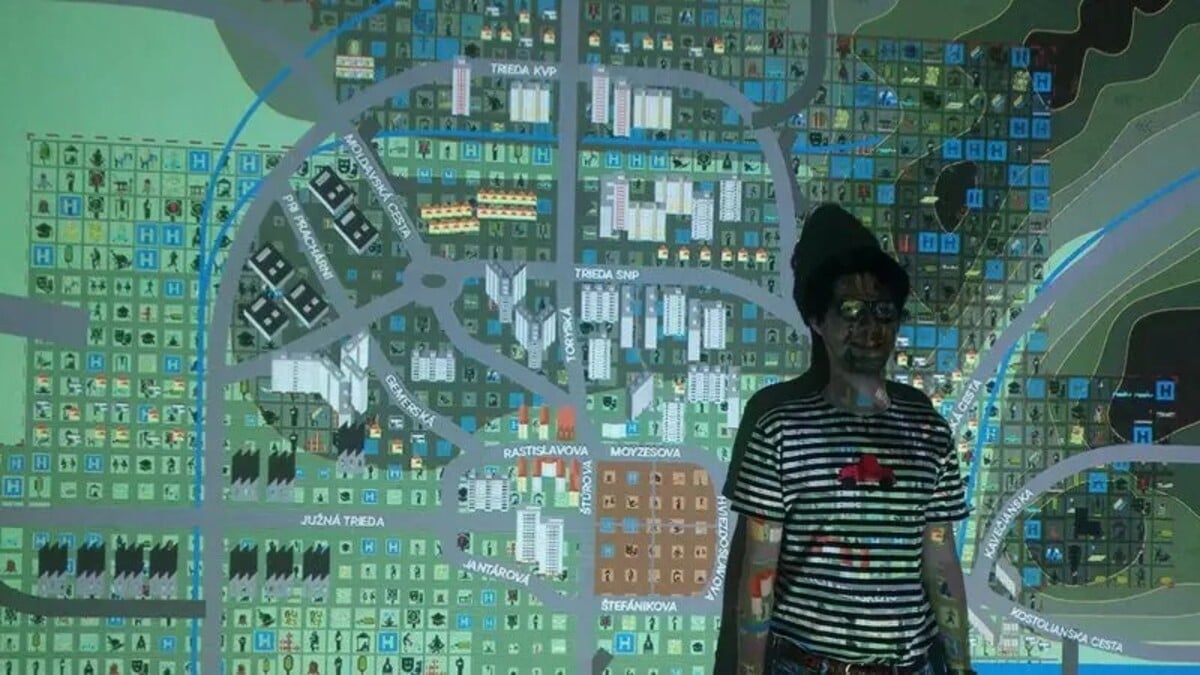
According to Petr Cvik, the death of painting has been talked about many times in history, "And it's been with us since prehistoric times." Whether digitally generated art will be successful in the long term, he says, will only be determined by time.
DALL-E has already been tried out "for fun" by András Cséfalvay, who has no doubt that many artists are already using it in their work. "Artificial intelligence seems to me more like a threat, a tool for mastering repetitive tasks. Perhaps the art of the future will not be imagery and re-mixing alone, but so-called prompt making, that is, the ability to spur A.I. to its best works of art."
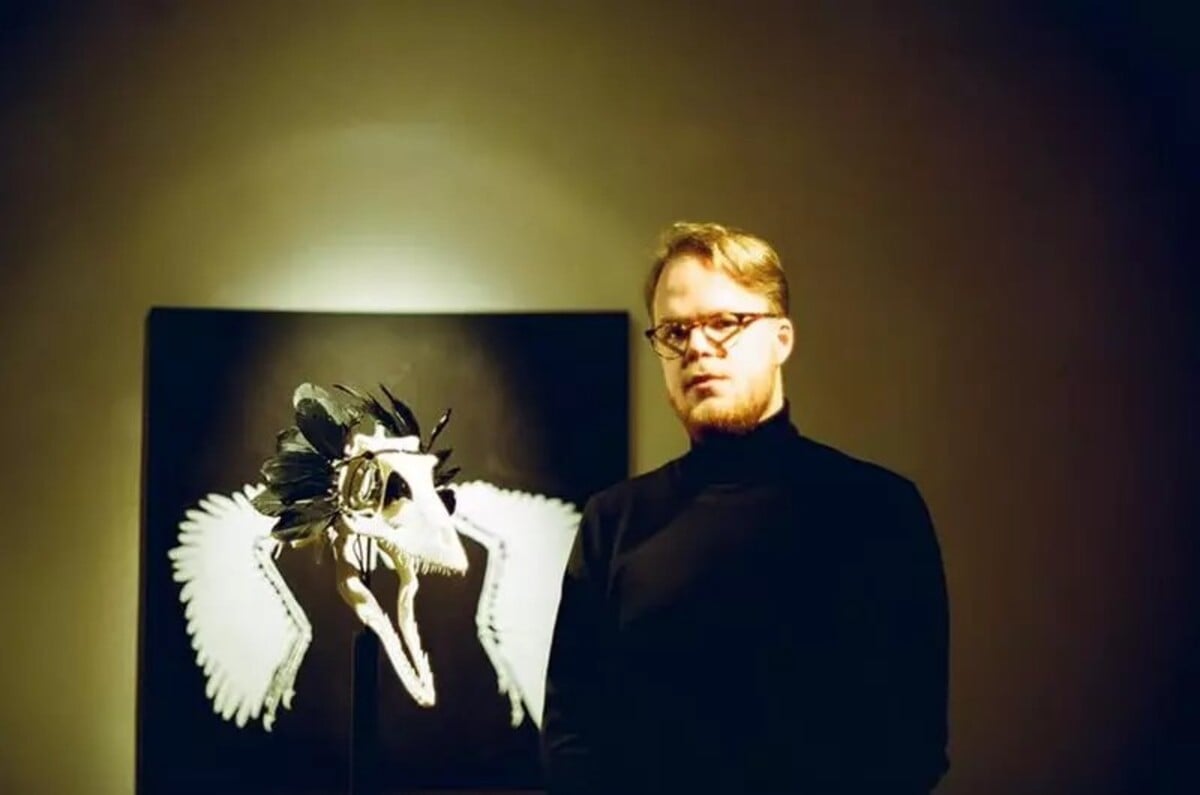
Dorota Sadovská agrees with Michelangelo's statement that creation is created by taking away, not by adding. According to her, artificial intelligence cannot create art, as it is not capable of independent thinking and does not create on its own initiative. "The most important thing about a painting is what happens in the viewer's head. Some people only see the index finger, others also see where it is pointing."
If problems persis, please contact administrator.


